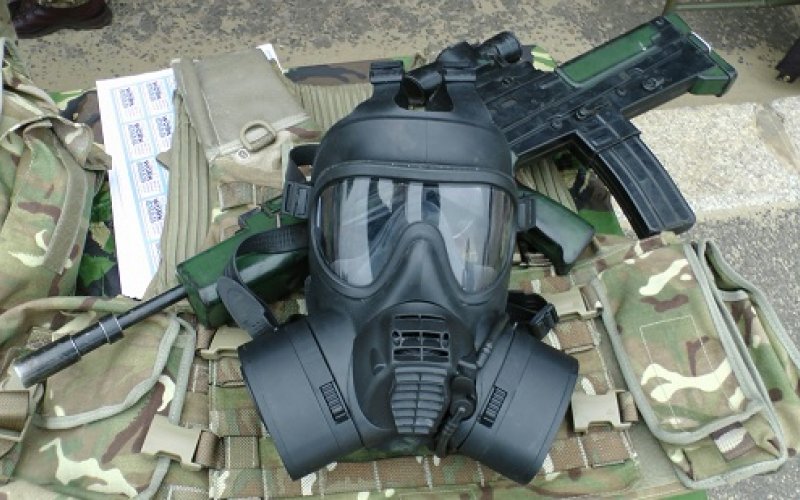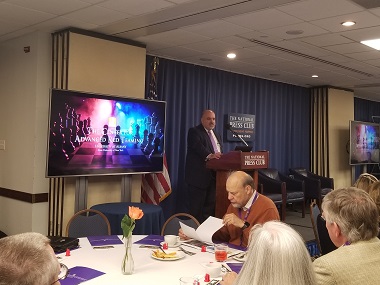CEHC Red Team Exercise Studies Threat of Biological Warfare

ALBANY, N.Y. (Nov. 19, 2020) – With death tolls mounting and the world still struggling to control COVID-19, the virus has shone a spotlight on the potential for another global threat – biological warfare.
Conspiracy theories that COVID-19 was artificially constructed as a bioweapon were largely debunked. However, the pandemic has renewed concerns that adversaries could be paying close attention to its impact.
Gary Ackerman, an associate professor at the College of Emergency Preparedness, Homeland Security and Cybersecurity (CEHC), is leading a red team exercise through the Center for Accelerating Operational Efficiency (CAOE), a Department of Homeland Security (DHS) center at Arizona State University, that will provide insight on both the current and future landscape of this emerging threat.
The exercise is a collaborative effort on behalf of DHS and the Defense Threat Reduction Agency (DTRA).
“DHS and DTRA are interested in determining what possible threats might look like, including covert nontraditional biological threats that may impact civilians,” said Ackerman, who studies emerging technological threats. “Our goal is to provide information on the long-term strategic dynamics surrounding biological weapons, possible shifts in other countries' decisions about pursuing biological weapons and what overall impact the pandemic may have on the future of biological warfare globally.”
Red Teaming Bioterrorism

Red team groups have been historically used by the U.S. military to test how well our armed forces can withstand attacks from adversaries. Today, the practice is evolving, with red teams using their skills and expertise to understand adversarial behavior and test security personnel in a wide range of industries and settings around the globe.
Ackerman and CEHC Assistant Professor Brandon Behlendorf launched the nation’s first Center for Advanced Red Teaming (CART) at UAlbany last November to help develop both the science and art of the practice.
Their biological warfare exercise recruited an even split of 300 people from government agencies and academia, including both leading technical and area experts. It also involved students from a variety of universities. The group has participated virtually over the last several weeks.
"Traditionally, red teaming has taken a very tactical approach,” Ackerman said. “Teams would look at a very specific simulation such as maneuvering physical assets against one potential adversary during a defined timeline. [Our exercise] has used a more robust simulation structure, taking into account the complex decision-making of human leaders, multiple adversaries and long-term strategic impacts."
Although red teaming is usually done in person, shifting to an online platform helped to meet COVID-19 safety regulations while also engaging a much larger and diverse group of participants.
“Each team includes a combination of experts in bioweapons, country experts and ‘naïve’ participants,” said Doug Clifford '18, a CEHC alum and CART program manager. “Naïve participants are graduate students or government participants who had no expertise on biological weapons or the countries being studied.”
Ackerman and his research team expect their findings will better inform the U.S. government’s understanding of potential biological threats and thus help to minimize long-term negative geopolitical repercussions from COVID-19.




